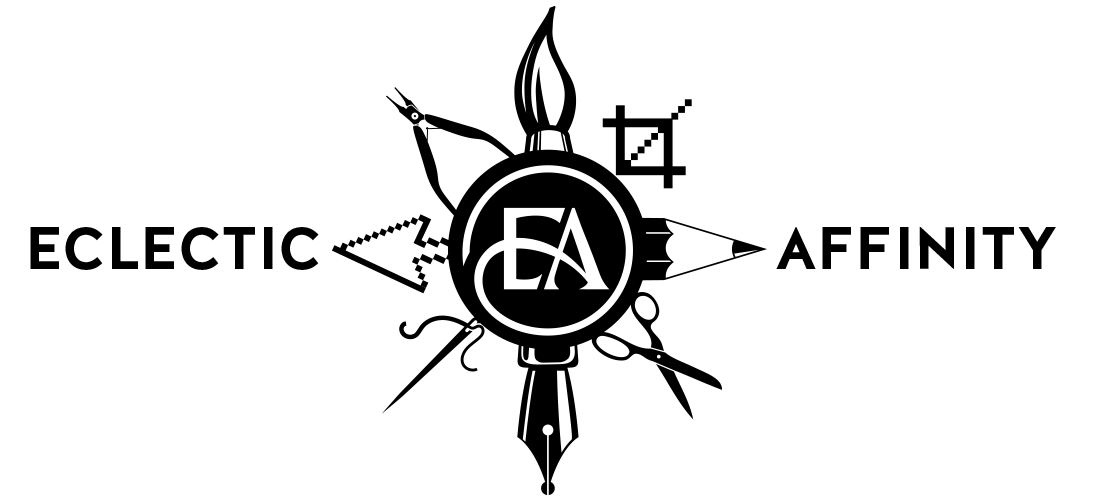If you do a lot of flat-fee projects, it can be easy to let tracking your hours go by the wayside. It can seem like just one more thing to do. Except, in thinking that way, you’re missing out on some crucial data that can inform whether or not you need to periodically reassess your workflow, your pricing, and your hours.
Most projects I do are flat fee with add-on fees for things outside the scope of that and then hourly as needed. For an on-going project that was done exclusively by the hour, I started recording my time with a handy timer app. It got me back into the mindset of how much time goes into design. Out of habit—or curiosity—I then began tracking nearly EVERYTHING.
I tracked hours in three areas: projects I was paid hourly to do, projects for which I was doing flat-rate pricing, and rare, one-off favors (which I’ve already been declining more and more especially now being a parent).
Because entrepreneurship often has long hours, it can be easy to overlook exactly how long projects get and whether or not it’s helping or hurting your business. Tracking my hours was eye-opening. It allowed me to see the precise breakdown of not only my time but the corresponding worth of my time. I was devaluing my professional time and undercutting my personal time. Both have value, and I was shortchanging each of them.
Being a designer is sometimes equal parts creativity, communication, task manager, and brand therapy—all while juggling deadlines, expectations, and needing to do so at a sustainable pace. You might find yourself surprised on occasion what you’re putting into it vs. what you’re getting out. By periodically tracking all your hours in all aspects of all your projects, you get to see a window into one dimension of how your day-to-day operations are going. (I’d strongly recommend committing to this for several months.) It forces you to ask questions.
- Which projects are making the most return?
- Are there any projects that are costing my business time or money that could be utilized elsewhere?
- Which projects do I sincerely enjoy doing, and is there a way I can do more of those kinds of projects?
- Are there any workflows that are no longer useful in this stage of my business?
- Do I need to invest in my business in new or different ways that will help my business to flourish?
- Is there anything I’ve been wanting to try or do in my business that I keep putting off for later?
So, what did I do with all those answers? I sat down and reconfigured my pricing (again). I made plans to reconfigure my business structure to focus on projects I want to prioritize. I updated some wording on my website. I’m working to reconfigure package options to streamline things that could save time without losing quality in the final product. I’m saying “no” with even less reservation and sticking to boundaries that protect my work, my contracts, and the longevity of my business.
In short, I’m starting to see the faint outline of a better business model. I’m excited about that. It will take time, and almost undoubtably it will adjust and change as time goes on, but I’m looking forward to seeing my business grow in a sustainable manner that can better flourish.
If you’re a business owner looking for more sustainable solutions in your business, don’t settle for things in your business that you’d never settle for if you were a paid employee at a firm or agency. Be a better boss to yourself than that!

